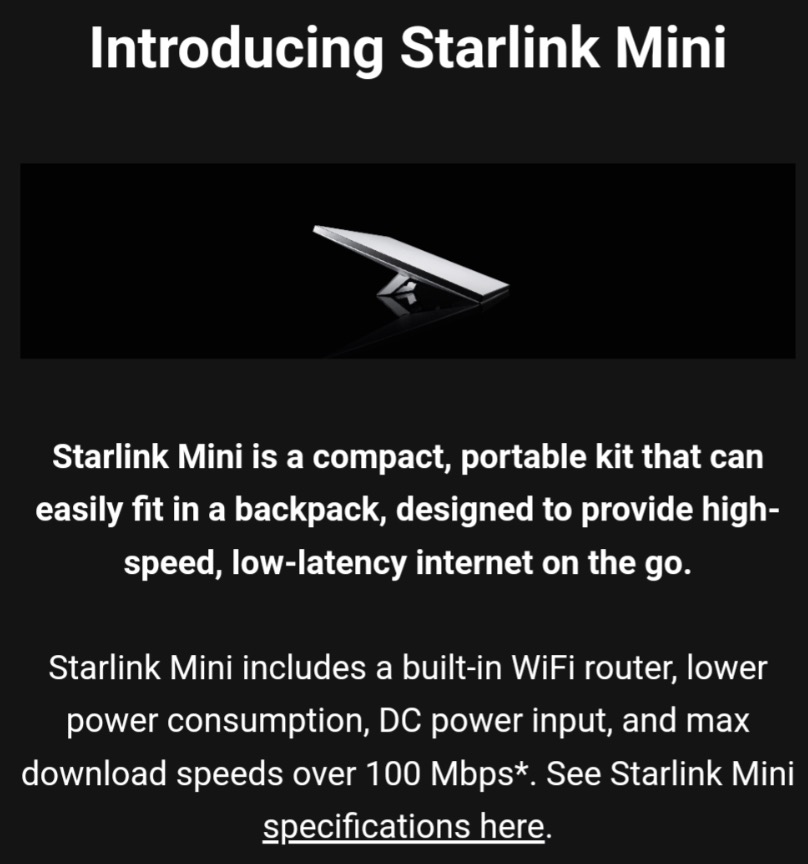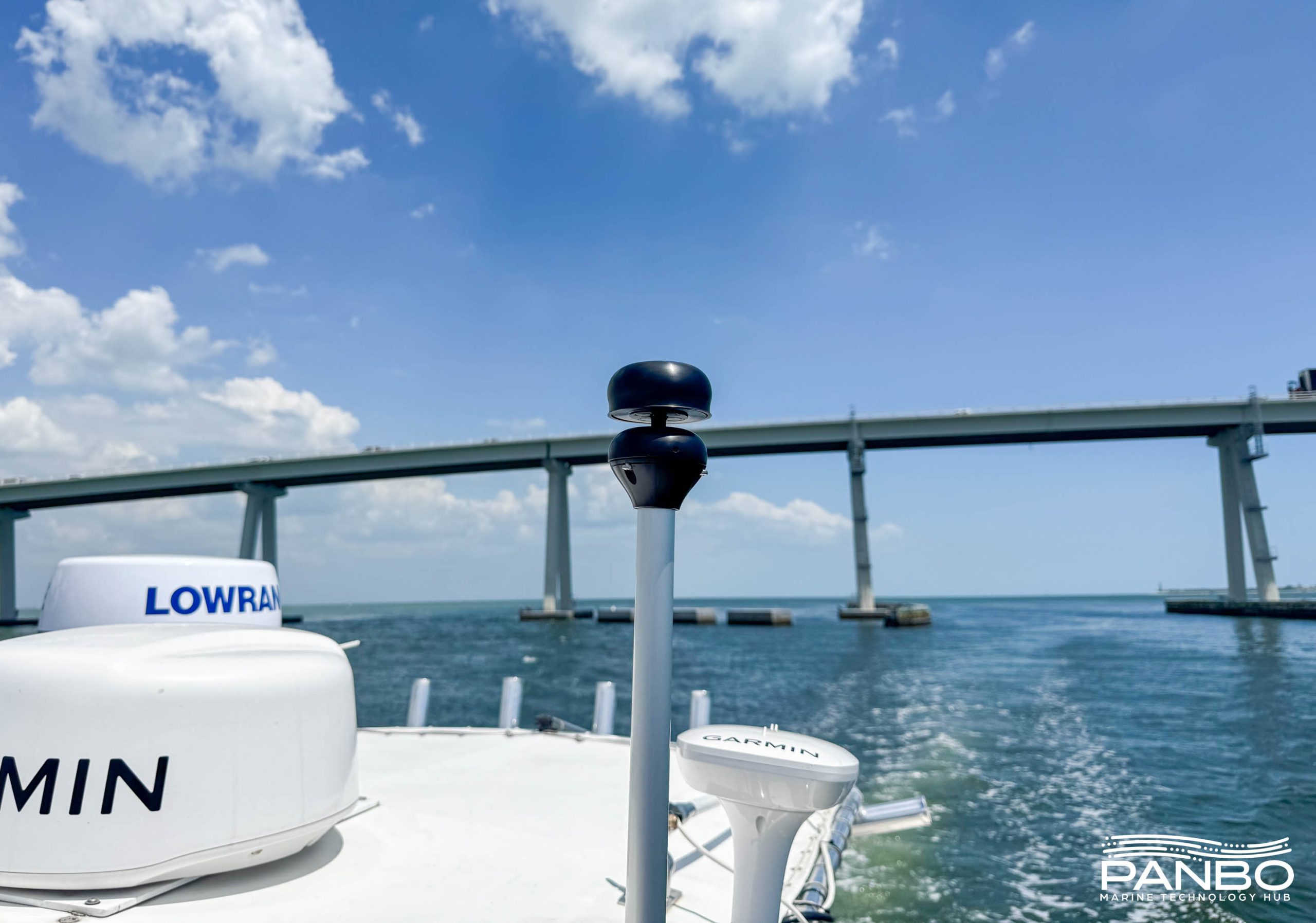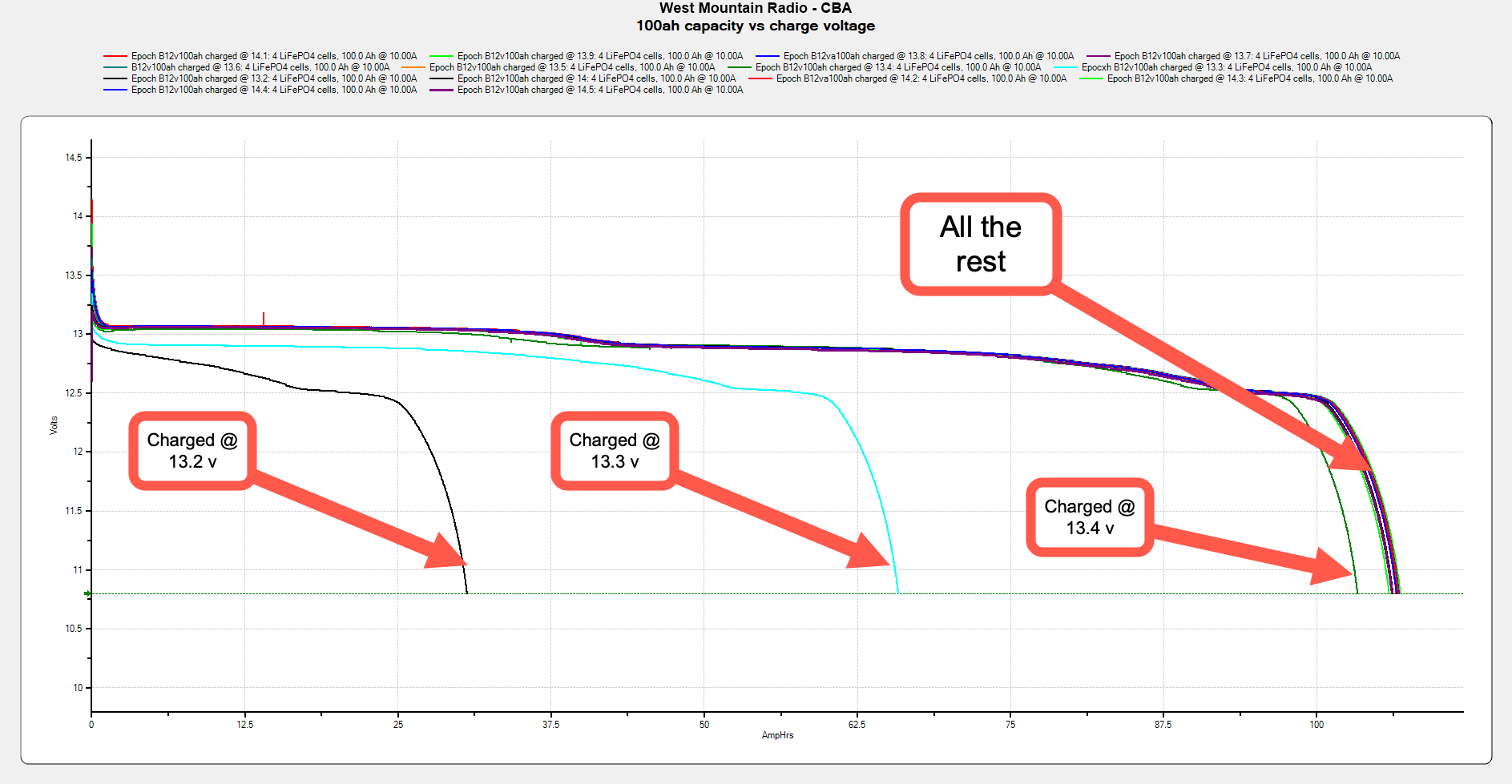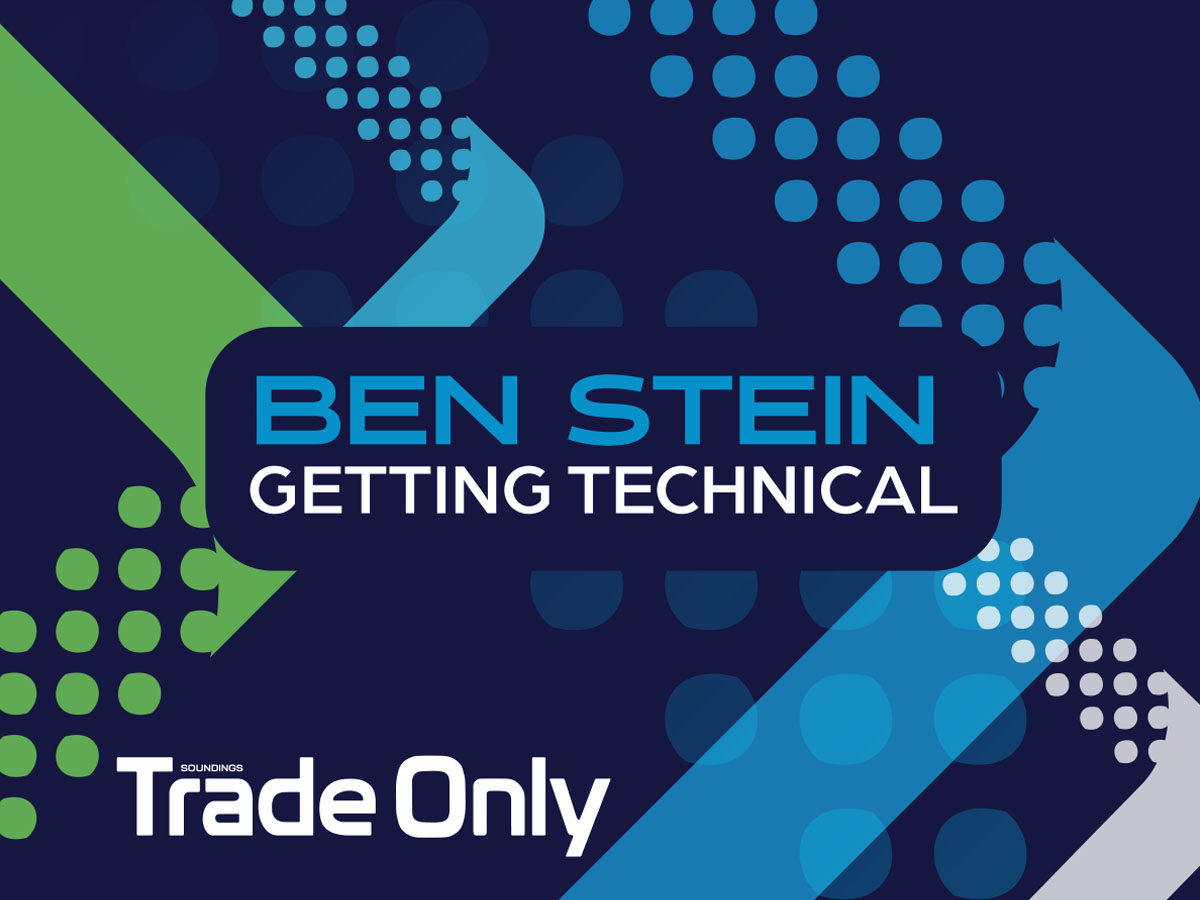Monthly Archive: June 2024
We’ve been hearing about Starlink’s Mini terminal for a long time now. Recently, hints from regulatory filings, new documents on their website, preparation for the new terminal in the app, and even a Tweet from Elon Musk made it seem the introduction was imminent. This week, Starlink made links on the website live and started sending emails to some long time subscribers offering an opportunity to purchase the new terminal. Now we have the opportunity to see if the Mini answers some of boater’s gripes with the current hardware.
Wind sensors serve multiple purposes on a boat. For a sailor, they provide critical information to best harness the wind. For a power boater, they provide insight into conditions and a potential preview of close quarters manuevering. Regardless of the application, a simple, reliable, accurate, and easy to use wind instrument is something many boaters value. Does the Calypos Ultrasonic NMEA 2000 Wind Sensor deliver? Let’s take a look.
What voltage should I charge my LiFePO4 batteries? That seems like a simple question likely to have a single, direct answer. But, the actual answers are often unclear. Many LiFePO4 battery manufacturers recommend 14.6 volt absorption. But, that singular recommendation doesn’t account for numerous factors like managing a larger system, battery longevity, and more. Increasingly, we are seeing good reasons to lower charge voltages to 14 volts or below. But, what impact does that lower charge voltage have on capacity and charge time? Let’s take a look.
NMEA OneNet is the National Marine Electronics Association’s most recent standard, one of only three major electronics standards the organization has released in the past 40-plus years. First came NMEA 0183 in 1983, then NMEA 2000 in 2001, and now OneNet. The previous standards stood the test of time. In fact, despite being 41 years old, NMEA 0183 continues to be built into many electronics and remains the preferred standard for many light commercial vessels.












